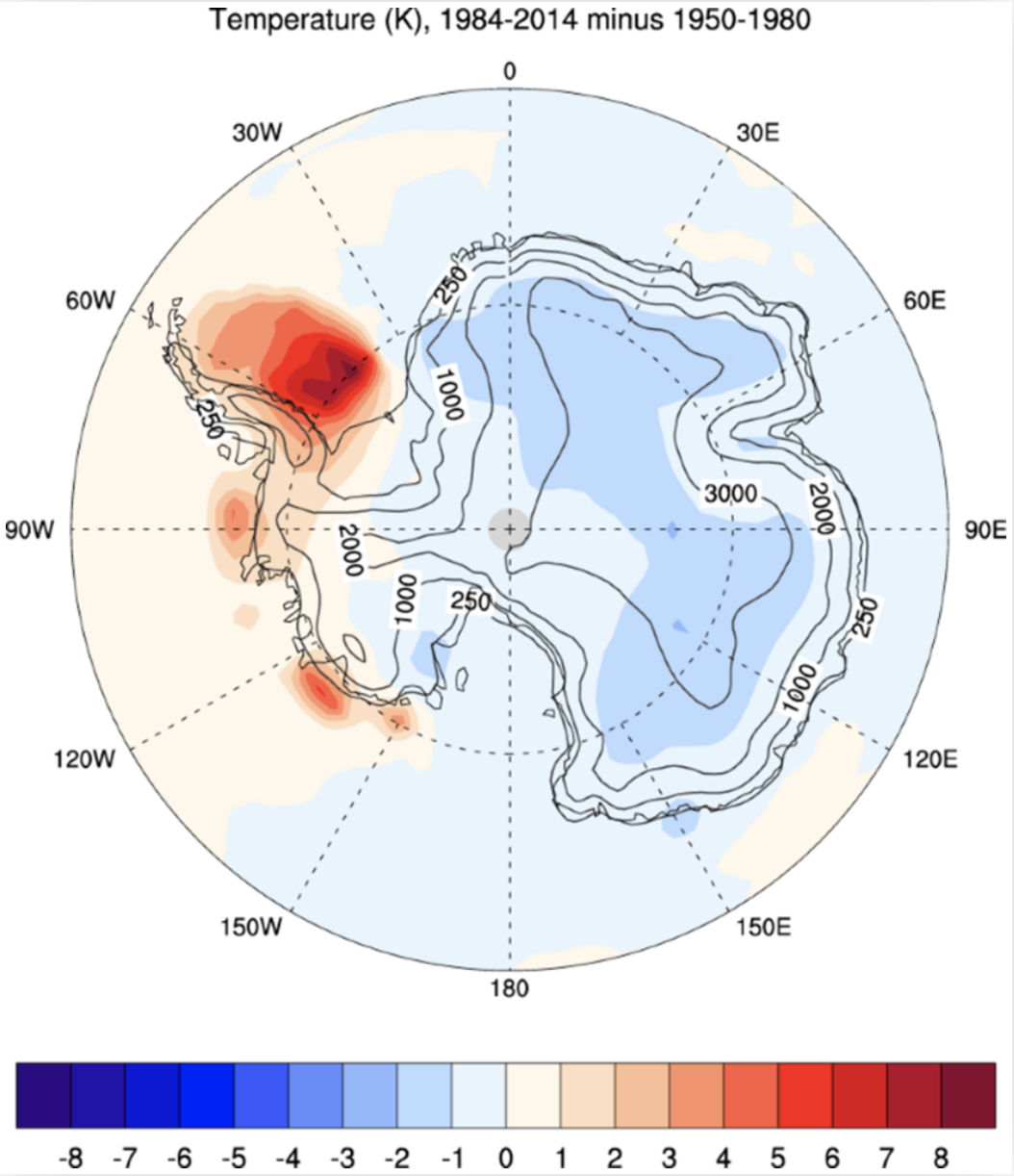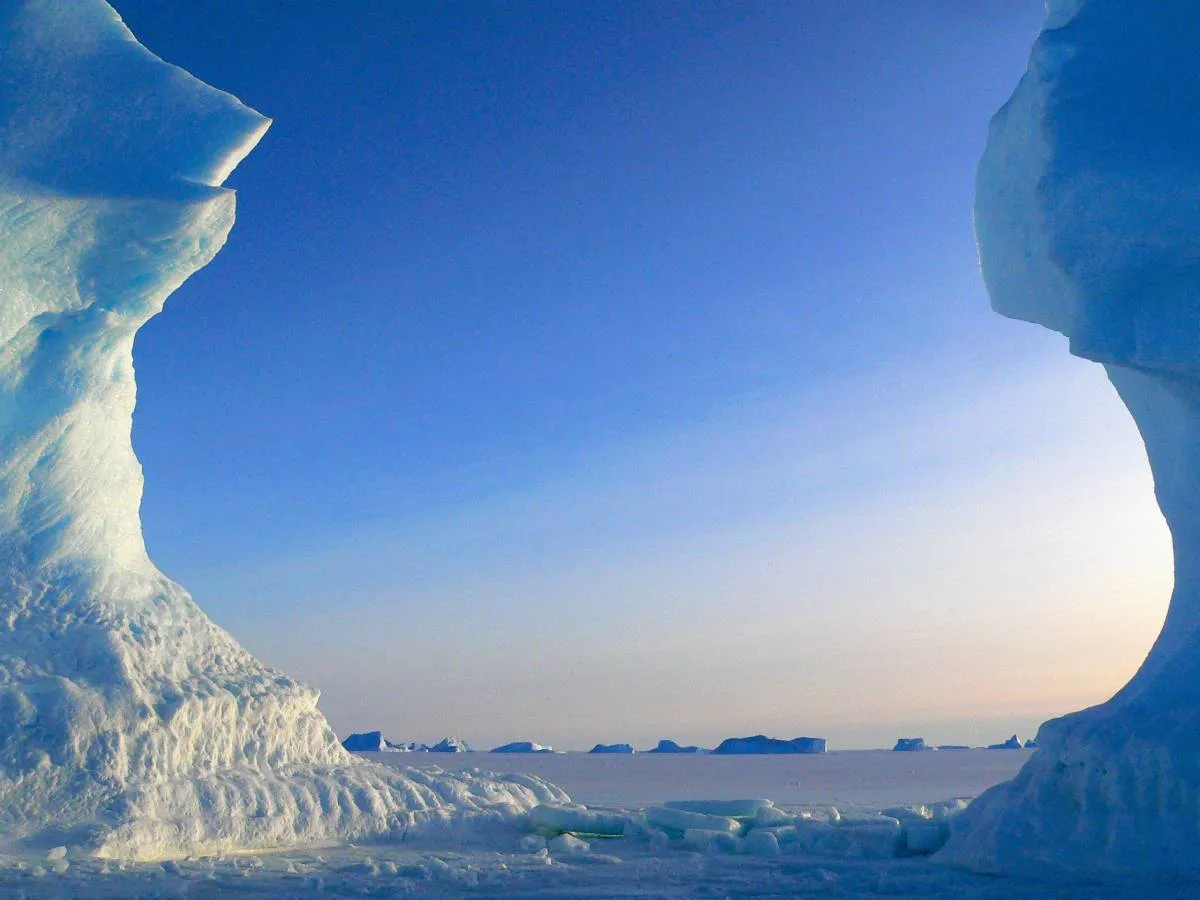Frank Lasee
CFACT policy advisor Frank Lasee is an expert on energy and environmental issues. His articles have appeared in the Washington Examiner, Washington Post, Real Clear Energy, Town Hall. He has been a guest on TV and radio news. He is the president of Truth in Energy and Climate. Frank Lasee served as a Wisconsin State senator and in Governor Scott Walker’s administration.
Even though the amount of carbon dioxide being released into the atmosphere has been going up all over the world, average temperatures in the Antarctic have not gone up in the last 70 years. In fact, 2021 was the coldest six-month winter since records began in 1957.
Scientists are trying to figure out why Antarctica hasn’t warmed recently and almost certainly much longer. The unproven idea that the carbon dioxide humans put in the air is the main cause of climate change is weakened by the fact that a large part of Earth is not getting warmer.
The global warming theory states that both poles should be getting warmer. Not just one.
Because climate science is “settled,” the important debate about the inconvenient Antarctica data has to happen far away from the prying eyes of the mainstream media. Promoting the Net Zero political agenda, the Guardian and the Hill made its readers even more worried by saying that “unimaginable amounts of water will flow into oceans” if temperatures in the region rise and ice buffers melt. But it isn’t getting warmer.
Justin Rowlatt, who is in charge of the BBC’s environmental work, flew over parts of the area and saw “an epic vision of broken ice”. He said that Antarctica is “where climate change is happening first”.
Most people don’t pay attention to the fact that the South Pole had its coldest six-month winter since records began in 1957. After that story did make the press, Reuters “fact checked” what people were saying about the event on social media. It was said that “six months is not enough time to confirm a climate trend.”
And the 70 years of no warming is covered up. Almost no one knows this because it doesn’t fit the narrative.
The Arctic and Antarctic are a “conundrum” when it comes to understanding how climate change is happening now. Because the Arctic is warming, and the Antarctic is not and may even be getting colder.
Alarmists dishonestly point to a small area of Antarctica that is getting warmer. Which is caused by warmer ocean waters because of at least 90 undersea volcanoes. Alarmists have been very interested in the Thwaites glacier, which they call the “Doomsday Glacier”. Which is located over this warmer ocean water.
See the picture below, red means warmer and blue means cooler than the base time period of 1950 to 1980. You can see the rest of Antarctica is cooling and the Thwaites area is warming. Remember this is a vast continent, Antarctica is bigger than the United States.

Mean surface temperature anomaly over years 1984–2014 (compared to the base period 1950–1980) over the Antarctic from the NOAA-MLOST.
A group of oceanographers found that Florida-sized Thwaites had moved back in the past at twice the rate than it has now. CO2 couldn’t have been the cause back then. This doesn’t fit the climate change narrative of doom. If it has done this in the past several times, why is now unusual?
A lot of climate science is affected by confirmation bias, and we have pal review. This means that other ‘scientists’ just agree with whatever is put forth as long as it fits the narrative. Even those that discover inconvenient facts that do not agree, always add the disclaimer that climate change is real, caused by CO2 and must be dealt with.
If they do not, they can not get published or make it through the ‘peer’ or pal review process.
Few grants are given to people who don’t begin with the idea that burning fossil fuels is the main or only cause of climate change. They start with the bias in mind. There are many current, past and paleoclimate observations that don’t show a clear link between CO2 levels and temperatures. In the distant past, the gas that makes life possible (CO2) used to be 20 times higher in the atmosphere without burning fossil fuels.
Soon we will be told by alarmist publications that warming causes cooling. Or that climate change causes both warming and cooling. And somehow weather will be better if we just stopped emitting CO2.
The climate and weather are always changing. It has warmed and cooled in the past and will again in the future, no matter what man does.









